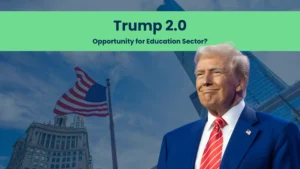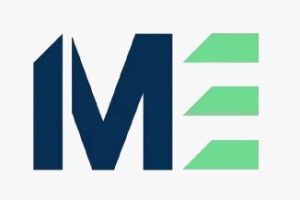Based on the UDISE report, 923 international curriculum schools exist in India, which is expected to grow to 1,822 schools by 2030. Why are schools adopting international curriculums in India at such increasing numbers? One significant factor is the growing trend of privatization in education. While privatization can drive innovation and provide quality education options, it also raises critical concerns about widening the inequality gap in access to quality education.
Understanding Privatization in Education
Privatization refers to the transfer of ownership and management of educational institutions from the public sector to private entities. In India, this shift has gained momentum over the past few decades, leading to the establishment of numerous private schools and colleges. Proponents argue that privatization enhances competition, increases efficiency, and provides parents with more choices. However, the reality is more complex.
The Inequality Gap: A Closer Look
- Access to Quality Education
The rapid growth of private educational institutions has created a two-tier system where affluent families can afford quality education while underprivileged communities are left with substandard options. A study by the World Bank indicates that children from wealthier households are 3.5 times more likely to attend private schools than those from poorer backgrounds. This discrepancy perpetuates social stratification, limiting opportunities for the economically weaker sections. - Cost Barrier
Private education often comes with high fees, textbooks, and additional expenses that many families cannot afford. According to the Annual Status of Education Report (ASER) 2022, about 58% of rural households reported that they cannot afford private school fees . Even with government-funded schemes, the financial burden remains significant, leading to a stark divide in educational attainment. - Quality Disparities
While some private schools offer excellent infrastructure and teaching quality, others may compromise on standards to cut costs. The Pratham Education Foundation’s ASER report revealed that learning outcomes in private schools varied widely, with some schools lacking qualified teachers and basic facilities . This inconsistency in quality exacerbates educational inequality, with children from poorer backgrounds receiving inferior education. - Impact on Public Education
The influx of privatization has strained public education systems, often leading to reduced funding and resources. According to the UDISE 2020-21 report, the proportion of children enrolled in government schools fell to 54% from 75% a decade ago, reflecting a shift towards private schooling . As families opt for private schools, the public sector faces declining enrollment, which can result in fewer investments and deteriorating conditions in government schools.
Case Studies and Data Insights
- International Comparisons: Countries like Finland and Canada have maintained robust public education systems without extensive privatization, demonstrating that quality education can be achieved through government investment. Finland, for instance, focuses on equitable access and high standards in public education, resulting in consistently high performance in international assessments like PISA .
- Statistical Data: Presenting data from the ASER reports shows stark disparities in learning outcomes between private and public schools. For example, the 2022 ASER report indicated that only 21% of Class 5 students in rural government schools could read a Class 2 level text, compared to 50% in private schools .
Addressing the Challenges
- Policy Interventions
The government must implement policies that ensure equitable access to quality education for all, regardless of socio-economic status. Initiatives like increasing funding for public schools and regulating private institutions can help bridge the gap. The National Education Policy (NEP) 2020 aims to promote equitable and inclusive education, but effective implementation is key . - Community Engagement
Encouraging community involvement in educational decision-making can lead to better accountability and improved outcomes for public schools. Programs that foster parental involvement in school management can help address the needs of local communities. - Emphasis on Inclusivity
Developing inclusive educational models that cater to diverse populations can help mitigate the adverse effects of privatization. Initiatives such as the Samagra Shiksha Abhiyan focus on improving the quality of education for marginalized communities .
Conclusion
The privatization of education in India holds potential for innovation and quality improvement. However, without deliberate efforts to address the underlying inequalities, it risks widening the gap between privileged and underprivileged communities. As we move toward a future where education is increasingly seen as a commodity, it is imperative to prioritize equity and inclusivity in educational policies. Only then can we ensure that every child in India has access to quality education, regardless of their background.





